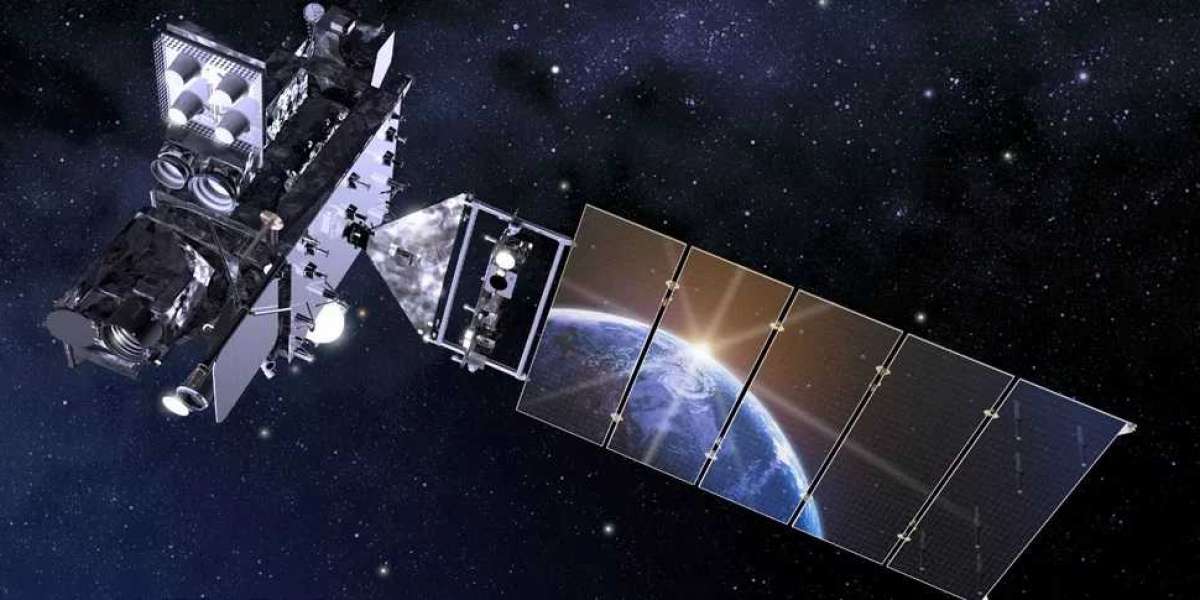The next Geostationary Operational Environmental Satellite (GOES-2) is on track to launch, with upgrades to overcome an instrument malfunction that plagued a previous mission.
The National Oceanic and Atmospheric Administration's (NOAA) strong weather satellite is planned to launch on March 1 at 4:38 p.m. EST (2138 GMT) from Florida's Cape Canaveral Space Station. The GOES-T satellite will be launched into space on a United Launch Alliance Atlas V rocket and will spend many months in commissioning.
The satellite will be dubbed GOES-18 and will monitor the western United States once it is declared operational. It will take the position of GOES-17, which is still operational but has a cooling issue with its Advanced Baseline Imager (ABI) instrument. According to the GOES website, GOES-17 will go into orbital storage after a transition period that includes data handoff.
Wildfires, lightning, fog, and storms are all monitored by GOES-T across the Pacific Ocean, the western continental United States, Alaska, and Hawaii. It will also serve as a watcher for "space weather," such as solar storms, as part of a bigger system run by NOAA and NASA that monitors solar activity to protect electrical grids, satellites, and navigation systems.
"The observations from these satellites are even more critical now, when the U.S. is experiencing a record number of billion-dollar disasters," Pam Sullivan, director of NOAA's GOES-R series program, told attendees of a virtual briefing Tuesday (Feb. 1).
Both the GOES-T and GOES-17 satellites are part of the $11.7 billion GOES-R series, a four-satellite program that will keep the system operating until 2036. GOES-16, the series' third satellite, was launched in 2016 and is already active over the eastern United States. According to NOAA, the fourth satellite, GOES-U, will be launched in 2024.
According to NOAA program scientist Dan Lindsey, the GOES-R series has been unique in its capacity to identify wildfires. GOES-T, he claimed, would be able to assist the fleet with its own ABI.
"Fires have been very active across the western continental U.S., and so [the satellite] is in an ideal position out there to get a really close look at those fires," Lindsey said. "ABI is ideal for detecting the thermal signature, or the hot spots from the fires. Sometimes it's even able to detect the fires before the reported from the public; this is really critical information to get to firefighters so that they can take care of the fires before they can come out of control."
ABI can even track smoke from fires and alert forecasts when plumes are nearing large cities, according to him. It may also track volcanic ash or thunderstorm lightning, which would necessitate changes to aviation flight courses, he said. Furthermore, the recent eruption in Tonga resulted in a large pressure wave that was detected in orbit by both GOES-16 and GOES-17 satellites.
According to James Yoe, chief administrator for the multi-agency Joint Center for Satellite Data Assimilation, which works to use such data for long-term climate forecasts, the short-term benefits of GOES-T forecasting will also contribute to better long-range forecasts as the satellite works with the rest of the fleet and other satellites.
GOES-T will collect data such as "wind speed and direction at different levels in the atmosphere" to update weather models, according to Yoe. When combined with other data from existing functioning satellites, the lightning mapper will feed into storm forecasts, while the eyes on solar weather will improve solar predictions, according to Yoe.
Other briefing participants discussed logistics ranging from spacecraft testing to getting the rocket ready for launch, as well as the ongoing pivoting and social separation required throughout the pandemic's final stages of construction.
According to SpaceNews, the team also postponed satellite production in 2018 to address the core cause of the ABI fault that GOES-17 had so that it wouldn't happen again in GOES-T.
According to Larry Crawford, ABI program manager at manufacturer L3Harris Technologies, the cause of ABI's failure was "foreign object debris ... blocking the flow of coolant in a leaky pipe system." He said that both GOES-T and the forthcoming GOES-U include hardware modifications to ensure that the problem does not recur.
Sullivan told reporters that the "first light" photos from GOES-T should be available in May, but that these should be viewed as "checkout pictures" rather than the corrected, clear operational images that would be communicated later in the mission.
Although the satellite won't be fully operating until July, Sullivan expects ABI data to start flowing and weather forecasters to get access to the data around that time. According to the GOES website, the satellite should be completely operational by January 2023.



